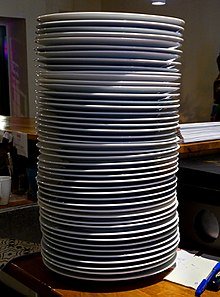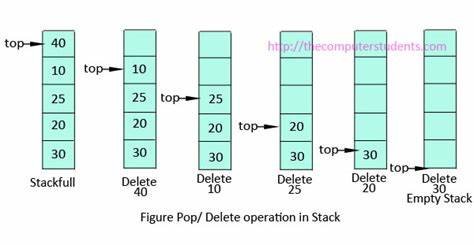Stacks in Java: A Dive into Push, Pop, and Top
In Java, a Stack is a data structure that follows the LIFO (Last-In-First-Out) principle, where the last element added is the first one to be removed. It is akin to a stack of books where you can only add or remove books from the top. This article delves into the core operations associated with the Stack data structure in Java - push, pop, and top.

The Push Operation:
The push operation is pivotal in a stack as it allows the addition of an element to the top of the stack. In Java, this is executed via the push(E item) method, where E is the type of element being added. This method places the new element on top of the stack and increments the stack size.

The Pop Operation:
Pop is the operation that removes the topmost element from the stack. In Java's Stack class, this is done using the pop() method, which not only removes the topmost element but also returns it, enabling the user to know which element has been removed.
java

The Top () Operation:
While push and pop modify the stack, the top operation, implemented by the peek() method in Java, simply returns the topmost element without modifying the stack. This operation is crucial for many algorithms and applications where the top element's value is needed without changing the stack's structure.
Conclusion
Understanding the push, pop, and top operations is fundamental to effectively leveraging the Stack data structure in Java. These operations form the crux of the stack's LIFO characteristic, paving the way for its utilization in various algorithms and applications such as expression evaluation and backtracking algorithms. In Java, stacks can be implemented using the java.util.Stack class. While this class provides the basic stack operations, it also offers a method to check for an empty stack using the empty() method. Handling an empty stack is crucial as attempting to pop or peek an empty stack will throw an EmptyStackException, which is a runtime exception indicating that the stack is empty. By properly handling these exceptions and understanding the core stack operations, developers can effectively manage stack data structures in their Java applications, harnessing the power and efficiency that stacks bring to algorithmic design and problem-solving.
Posted using Honouree
Why are so many people writing about stacks in java now?